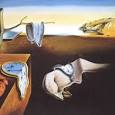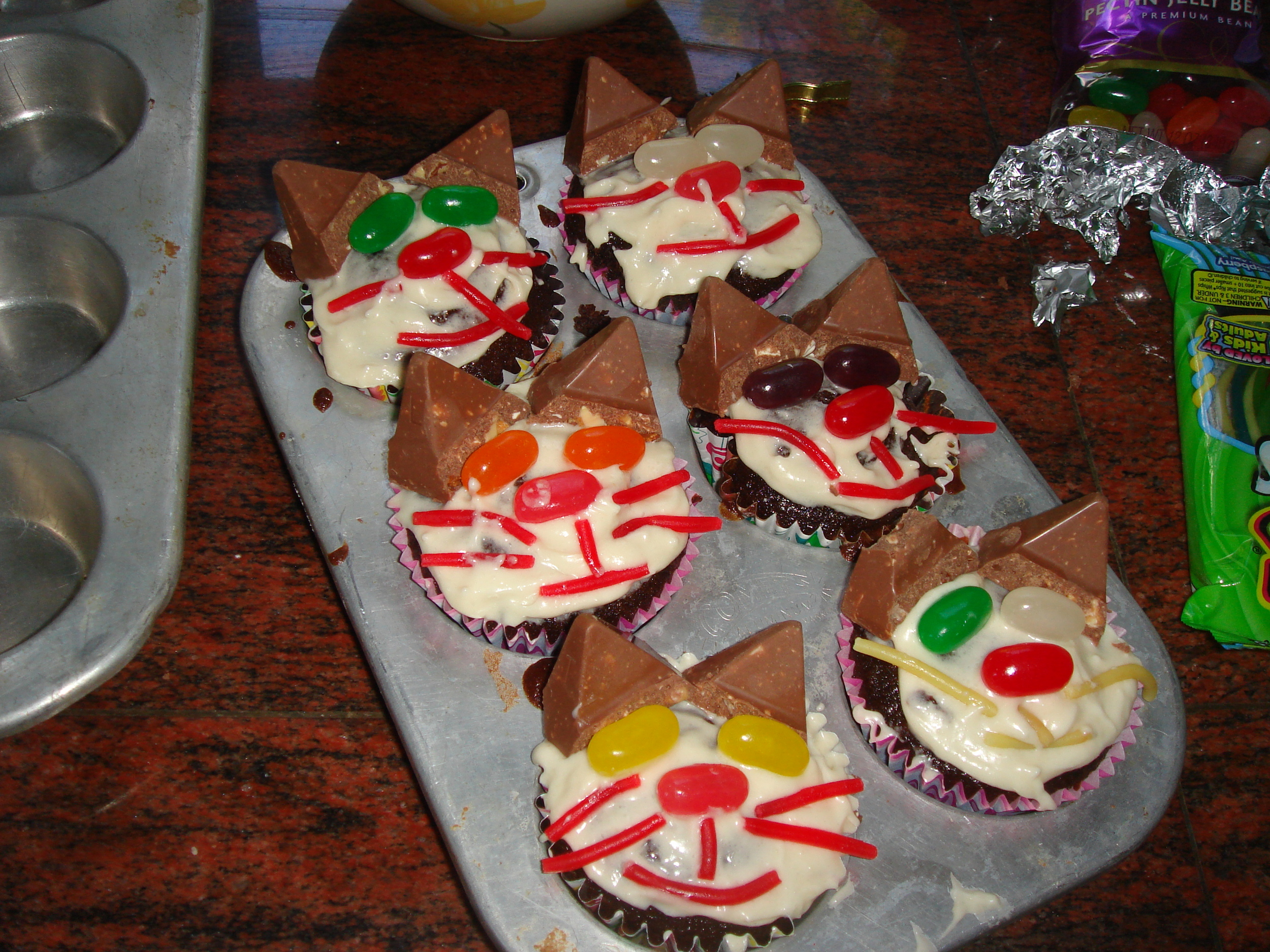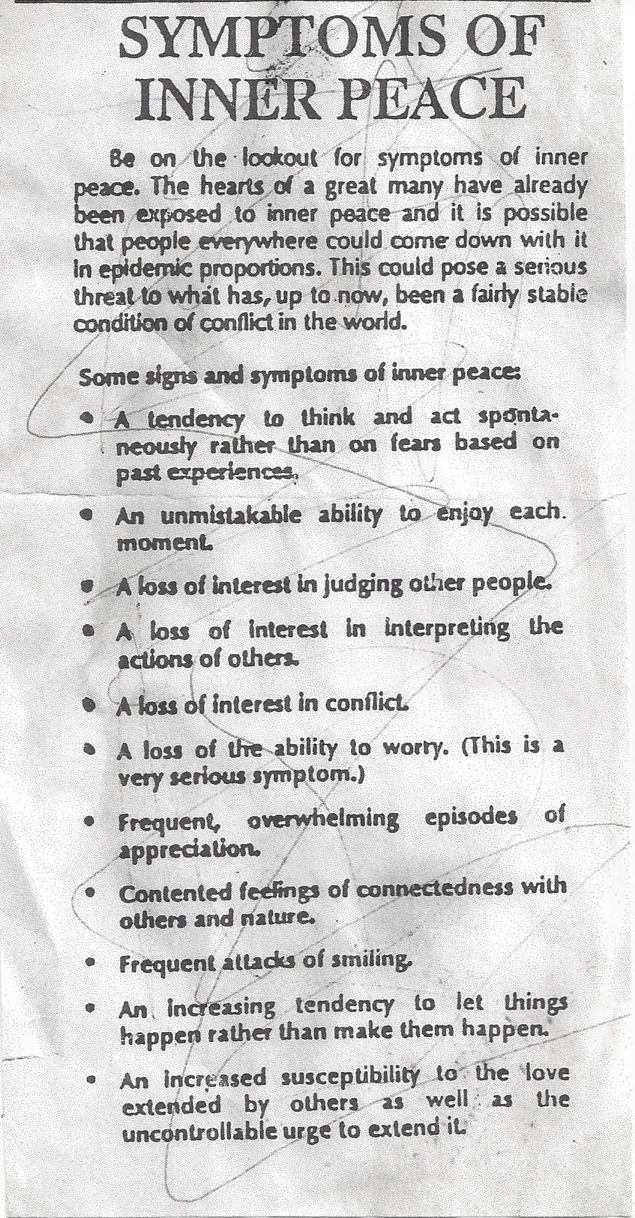What about pragmatism? What about rational-analytical thinking and the glorification of science?  What about pushing our emotions under the rug, or believing our Western culture to be superior to or more evolved than indigenous cultures?
What about pushing our emotions under the rug, or believing our Western culture to be superior to or more evolved than indigenous cultures?
 These beliefs are all a reflection of the loss of the spiritual, the loss for an appreciation of the mystical, the wonderment of life. When I was little Christmas was so full of glitter and magic and mystery. My sister and I would even climb into the attic in the middle of the year to open up the Christmas boxes and look at the sparkly ornaments to try to recapture some of that magic (but it works better when it's cold outside, the candles are lit and it smells like cinnamon and cloves).
These beliefs are all a reflection of the loss of the spiritual, the loss for an appreciation of the mystical, the wonderment of life. When I was little Christmas was so full of glitter and magic and mystery. My sister and I would even climb into the attic in the middle of the year to open up the Christmas boxes and look at the sparkly ornaments to try to recapture some of that magic (but it works better when it's cold outside, the candles are lit and it smells like cinnamon and cloves).
Life is so one-sided, so devoid of sparkle without this magic - so, well, pragmatic. But the magic is there, it's right in front of your eyes. Whether the sparkle of a Christmas ornament, the glistening of rain drops on a leaf, or the shiny beauty and perfection of these red peppers - it's really quite magical. It pays to tune into the magic because it's everywhere around you!






![photo[1]](http://static1.squarespace.com/static/562fa5e4e4b022e56e7591d7/563119b1e4b060e41e5b6970/563119bee4b060e41e5b6c58/1446058430241/photo1.jpg?format=original)






